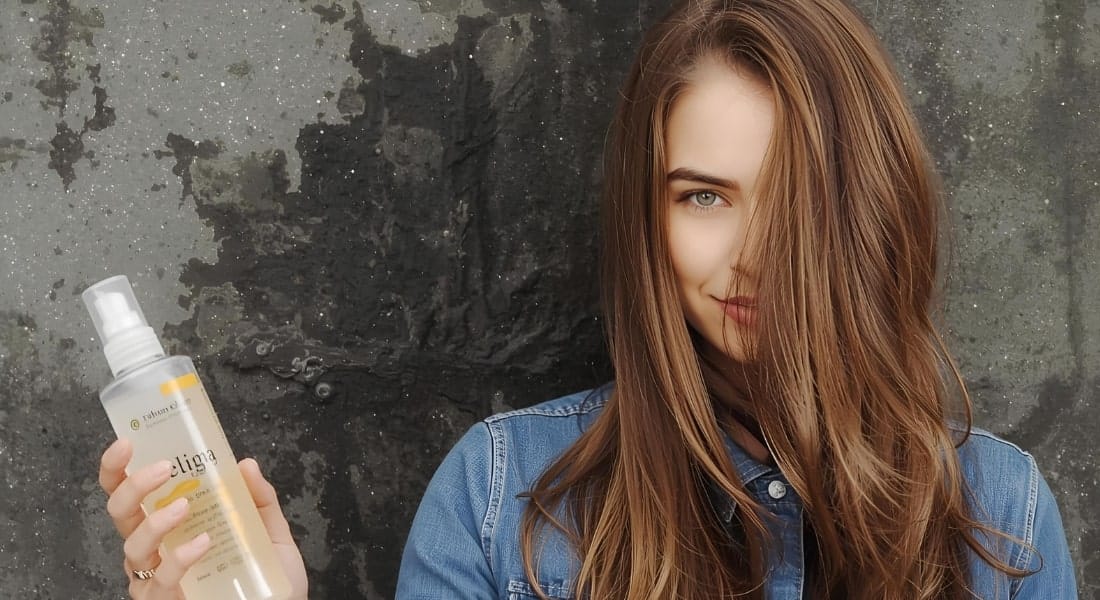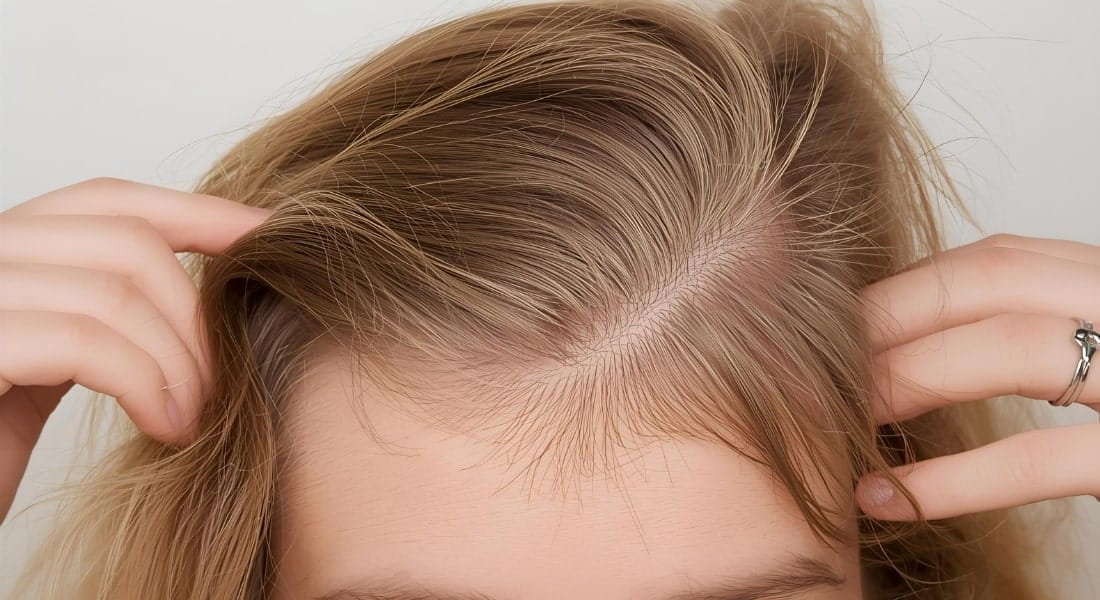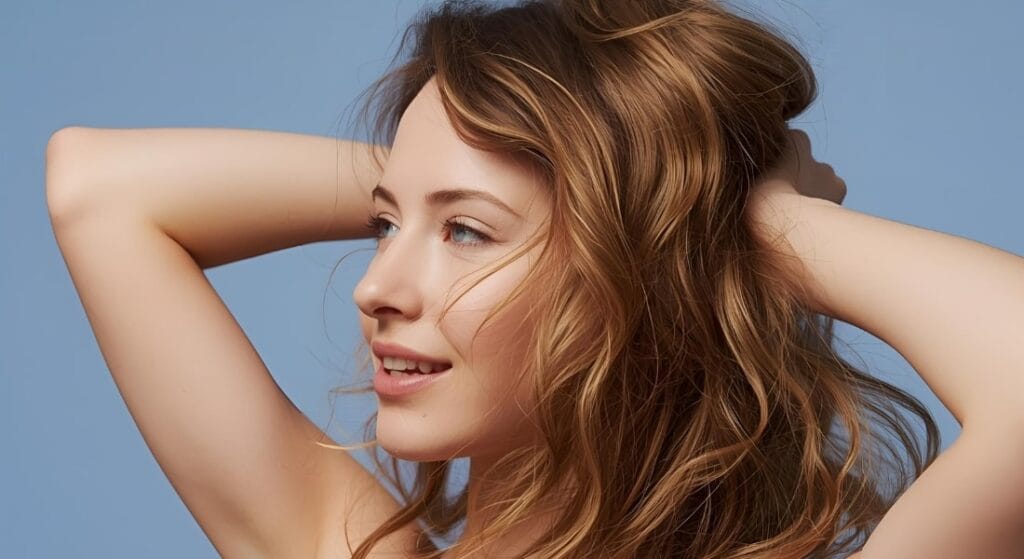The pursuit of healthy, lustrous hair has long been a part of human culture, giving rise to countless traditions and anecdotal remedies. However, this wealth of folk wisdom has also spawned a host of persistent hair care myths that, upon closer scientific examination, are not only ineffective but can also lead to significant hair damage. For professionals in dermatology, trichology, and cosmetology, distinguishing between fact and fiction is essential for providing evidence-based advice and effective clinical treatments. This article delves into the most common misconceptions, offering a scientific dismantling of damaging hair practices and highlighting a new era of professional hair care solutions based on rigorous research and innovative technology.
Common Hair Care Myths
The spread of misinformation often stems from a lack of understanding of hair biology. By debunking these prevalent fallacies with scientific reasoning, professionals can better educate clients and formulate effective, personalized treatment plans.
Myth 1: Shampooing Daily Causes Hair Loss
This is one of the most widespread myths about shampooing. The misconception is that the act of lathering and rinsing weakens hair follicles, causing them to fall out.
- The Scientific Truth: Hair shedding is a natural part of the hair growth cycle. We lose between 50 and 100 hairs per day. The hairs that are dislodged during shampooing are typically in the telogen (resting) phase and were already ready to fall out. The vigorous massaging action simply expedites this natural process. Moreover, the primary cause of hair loss is often androgenetic alopecia, not cleansing frequency. For many clients with oily scalps or fine hair, daily shampooing is necessary to remove sebum buildup, which can clog follicles and create an environment conducive to microbial growth, thus impeding hair health.
Myth 2: Trimming Hair Makes It Grow Faster
This is a common belief rooted in a misunderstanding of hair anatomy.
- The Scientific Truth: Hair growth originates from the hair follicle in the scalp, not from the ends. The speed of hair growth is genetically predetermined, averaging about half an inch per month. Trimming the ends of hair only removes damaged, split ends, which can make hair appear fuller and healthier. It prevents breakage from traveling up the hair shaft, thus preserving length, but it has no impact on the rate of new hair growth from the follicle.
Myth 3: Oiling Your Hair Prevents Hair Fall
The practice of oiling is deeply embedded in many cultures. The belief is that oils nourish the scalp and hair, thereby preventing hair loss.

- The Scientific Truth: While certain oils like coconut oil can reduce protein loss and act as a sealant to protect the hair shaft from physical damage, they do not prevent hair loss. Hair fall is typically an internal issue related to genetics, hormones, or underlying medical conditions. Excessive or improper oiling can actually be a contributing factor to scalp issues. It can trap dirt, debris, and microbes, leading to a condition called folliculitis or seborrheic dermatitis, which can exacerbate shedding. This truth about hair oils is crucial for client education.
Myth 4: Brushing Your Hair 100 Strokes a Day Is Good for It
This long-standing belief posits that aggressive brushing stimulates the scalp and distributes natural oils.
- The Scientific Truth: This is a damaging practice. Over-brushing can cause significant friction, leading to cuticle damage, breakage, and split ends. While gentle brushing helps detangle hair, excessive strokes can weaken the hair shaft. Stimulation of the scalp is beneficial, but this can be achieved with gentle massage techniques rather than aggressive brushing.
Myth 5: Dandruff is Caused by Poor Hygiene
A persistent and stigmatizing myth about hair loss is that dandruff is a sign of being unhygienic.
- The Scientific Truth: Dandruff (Pityriasis capitis) is not caused by poor hygiene. It is primarily a chronic scalp condition caused by an overgrowth of a common scalp fungus, Malassezia globosa, which feeds on scalp oils. The resulting inflammatory response leads to the rapid shedding of skin cells, creating the characteristic flakes. While infrequent washing can make flakes more visible, it is not the cause. Treatment requires antifungal shampoos and active ingredients, not just more frequent washing.
Myth 6: Natural Products Are Always Safe
The rise of “clean” and “natural” beauty has led to the belief that products containing natural ingredients are inherently superior and safer than their synthetic counterparts.
- The Scientific Truth: The terms “natural” and “safe” are not synonymous. Many natural ingredients, such as certain essential oils and plant extracts, can be potent allergens or irritants. For example, some natural ingredients can cause contact dermatitis. Furthermore, synthetic ingredients are often formulated to be more stable, effective, and less allergenic than their natural analogues. A product’s safety and efficacy are determined by its scientific formulation, not the origin of its ingredients.
Science of Hair Damage
Understanding the physiological basis of hair damage is key to debunking hair myths debunked. The hair shaft is a complex structure composed of a cuticle (the outermost protective layer), a cortex (the core responsible for strength and color), and a medulla (the innermost part). The scalp, a rich ecosystem of its own, houses the hair follicles from which hair grows.

- Mechanical Damage: Improper practices like vigorous brushing, towel-drying, and tight hairstyles cause physical stress on the hair shaft. This can lift and damage the cuticle, exposing the inner cortex, leading to breakage and a dull appearance.
- Chemical Damage: The use of harsh chemicals in coloring, bleaching, and perming can break the disulfide bonds in the hair shaft, permanently altering its structure and compromising its strength.
- Thermal Damage: Heat styling tools, such as flat irons and curling wands, can vaporize the water content inside the hair shaft, creating bubbles that weaken the hair and lead to fractures. This heat styling damage is a major cause of brittleness and split ends.
- Scalp Health: The scalp is the foundation of healthy hair care. An unhealthy scalp, whether due to inflammation, microbial imbalance, or product buildup, can impede the hair follicle’s ability to produce strong, healthy hair. A compromised scalp environment is often the first step toward hair thinning and various dermatological conditions.
Evidence-based hair care focuses on protecting the hair’s structural integrity and maintaining a healthy scalp. This includes using gentle, pH-balanced cleansers, heat protectants, and clinically-proven topical solutions.
Professional Solutions & Innovations
For clinicians, the most effective approach is to move beyond common myths and embrace science-backed hair care with clinically proven products and treatments. Aakaar Medical Technologies Ltd offers a range of advanced solutions designed to provide professional-grade results.
- Advanced Formulations for Hair Restoration: For conditions like androgenetic alopecia, topical solutions that address the underlying cause are essential. BALBACK FM is a clinical-grade formulation designed for the management of hair fall, while BALBACK OM is a gentle option for comprehensive hair care. These products are formulated with scientifically-backed active ingredients to support follicle health and promote hair regrowth. In addition, the BALBACK PRO range offers a comprehensive regimen for progressive hair restoration.
- Growth Factor Concentrates: Regenerative medicine is a frontier in hair restoration. Etrehair Cyt and Etrehair GFC are advanced growth factor concentrate therapies. These products provide a concentrated dose of growth factors and cytokines that are essential for stimulating hair follicles from the anagen (growth) phase, improving hair density and thickness. Similarly, TUBELiTE GFC is an advanced, in-clinic growth factor concentrate therapy that provides a potent and highly effective solution for hair regrowth.
- Clinical-Grade Devices and Topical Serums: To enhance the efficacy of topical treatments, professionals can utilize devices like the DRS1512 Hair, a supportive clinical tool for hair treatments that facilitates the delivery of active ingredients to the scalp. For patients requiring topical care, Theraderm Biocell Hair Serum offers a clinical-grade solution designed to nourish the scalp and support hair growth with a powerful blend of actives.
- Regenerative Medicine Solutions: For a cutting-edge approach to hair restoration, Regenera Activa AMT is a micrografting-based regenerative medicine solution that utilizes autologous cell suspensions to naturally stimulate hair follicles. This is a powerful, one-session procedure for professionals seeking to provide their clients with a state-of-the-art hair restoration option.
These products are developed and tested to the highest clinical standards, providing professionals with the tools to offer truly transformative, dermatologist hair care advice and treatments.
Frequently Asked Questions
Q1: Does oiling hair prevent hair loss?
A: No, oiling does not prevent hair loss as hair fall is typically related to genetics and hormones. While some oils can protect the hair shaft from physical damage, they do not impact the hair follicle’s health.
Q2: Is shampooing daily harmful?
A: No, shampooing daily is not harmful and, for many, is a necessary practice to maintain a healthy scalp by removing oil and product buildup. Hair loss is a complex issue not caused by the frequency of washing.
Q3: What causes dandruff?
A: Dandruff is caused by an overgrowth of a yeast-like fungus (Malassezia globosa) on the scalp. It is not a result of poor hygiene and requires antifungal treatment, not just frequent washing.
Q4: What is the best way to prevent heat styling damage?
A: To prevent heat styling damage, always apply a heat protectant spray to the hair before using hot tools. This creates a barrier that minimizes moisture loss and protects the hair shaft from high temperatures.
Q5: Can diet affect hair health?
A: Yes, a balanced diet rich in protein, iron, zinc, and vitamins A, C, and E is crucial for hair health. Nutritional deficiencies can lead to hair shedding and a lackluster appearance.
Conclusion

For too long, hair care has been dominated by old wives’ tales and unscientific practices. For professionals dedicated to providing the best client care, it is our responsibility to debunk these damaging hair care myths and champion science-backed hair care. The path to truly healthy hair care lies not in aggressive brushing or magical remedies, but in a deep understanding of hair physiology and the use of clinically validated solutions. By educating clients and offering advanced, evidence-based treatments, such as the innovative products from Aakaar Medical Technologies Ltd, professionals can provide real, lasting results. We encourage you to explore our full range of professional-grade solutions, from topical serums to regenerative treatments, and join us in leading the industry toward a future of scientific precision in hair care.

